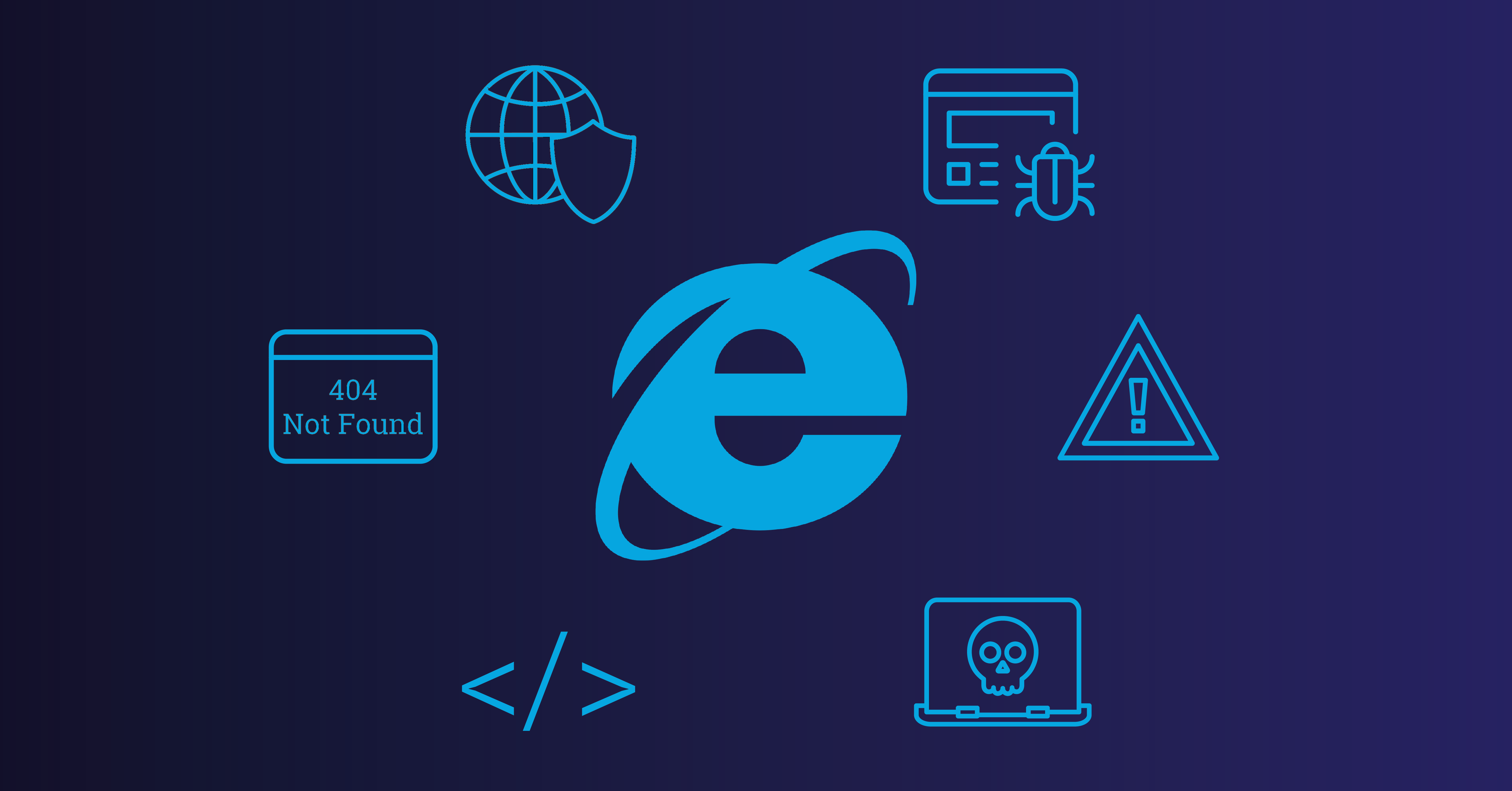But most Windows 8 users aren’t using Internet Explorer.
November saw Firefox climb back up above 20 percent, Internet Explorer grow further still, and Chrome apparently suffer a surprisingly sharp drop.
Internet Explorer was up 0.63 points at 54.76 percent, its highest level since October 2011. Firefox was up 0.45 points to 20.44 percent, all but erasing the last six month’s losses. Chrome, surprisingly, was down a whopping 1.31 points to 17.24 percent, its lowest level since September 2011.
We’ve asked Net Applications, the source we use for browser market share data, if it has made any change in its data collection that might account for this large Chrome drop. The company attributed this in part to the exclusion of Chrome’s pre-rendering data. It estimates that 11.1 percent of all Chrome pageviews are a result of pre-rendering (where Chrome renders pages that aren’t currently visible just in case the user wants to see them) and accordingly excluded this from its figures.
When it comes to mobile, Safari remains in the lead. Chrome for Android is starting to make its presence felt, picking up 1.14 percent of mobile traffic. As devices shipping with Android 4.1 and newer become more widespread, we can expect to see this number grow. After all, Android 4.1 makes Chrome the default browser rather than Android Browser. Internet Explorer is also showing small signs of growth, up 0.09 points to 0.95 percent.
November was the first full month of Windows 8’s availability, with Windows 8 machines starting to show up in earnest online. Over November, 1.09 percent of Web users were using Windows 8. The stable, final version of Internet Explorer 10 is currently available only for Windows 8 (though there is a beta for Windows 7), and this has picked up 0.51 percent of the market in its first full month of availability. This discrepancy implies that just 47 percent of Windows 8 users are sticking with the built-in Internet Explorer browser, which compares poorly with the 60.0 percent of Windows users overall that use a version of Internet Explorer.
Overall, the transitions to different browser versions are showing their normal patterns. Chrome cuts over faster than Firefox, and Firefox faster than Internet Explorer.
We’re going to start to see if Firefox’s Extended Support Release strategy is truly worthwhile in the coming months. The first ESR branch, based on Firefox 10, is getting phased out and replaced by Firefox 17 ESR. Currently 17.0.1 ESR is undergoing QA and testing, in parallel with the “production” release of 10.0.11 ESR. The next version, 17.0.2, will replace the 10 ESR series. So far there’s no strong indication that Firefox 10 users are actually on ESR—update refuseniks are spread pretty evenly across several Firefox versions from version 9 to 14, when they should be concentrated on Firefox 10 if they really care about security and stability. But if we see use of Firefox 10 dry up in the next month or two, that might imply that current Firefox 10 users are in fact using ESR and migrating according to ESR timelines.










